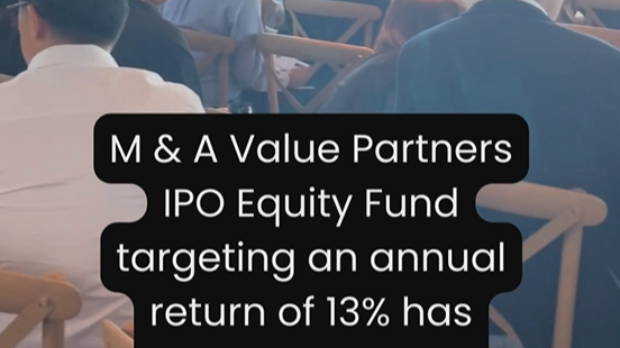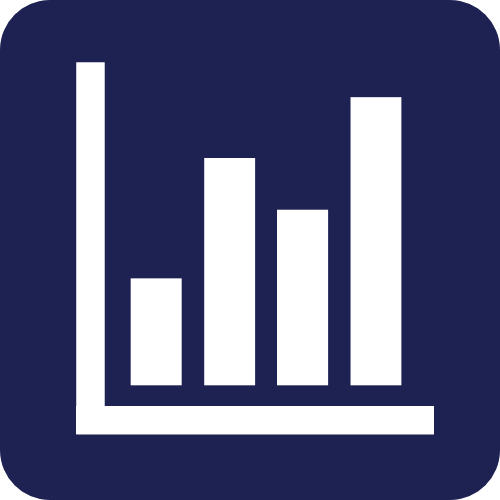LPI Capital - Crossing Fingers on a Windfall
We maintain our TP of RM15.00 and OUTPERFORM call post meeting with the group. We opine investors are watchful on its upcoming sale of its 1.1% stake in PBBANK. If fully returned to shareholders, this could translate to special dividend yields of up to 18%. While its synergies with PBBANK shapes up, LPI may see better relief in FY25 as past pains from floods are not likely to reoccur given lower underwriting exposure. At the meantime, the group looks to contain its exposure in medical insurance amid tighter premium adjustments.
Key takeaways from our recent meeting with the group are as follows: i. PBBANK shares held to be disposed by Dec 2025. In accordance with the Companies Act, LPI is required to dispose its 1.1% holdings of PBBANK shares held within 12 months of the completion of PBBANK's acquisition of a 44.2% stake in Dec 2024, as it now classified as a subsidiary. Based on PBBANK's 4 Feb 2025's closing price of RM4.40 per share, a 1.1% stake is valued at RM940m. This is equivalent to 15 days of average daily traded value for PBBANK shares.
Following the meeting, the group has yet to determine the utilisation of its proceeds. We rule out the possibility of inorganic growth given Lonpac's leading ROE position of 22.5% which trumps the FY23 weighted industry average of 11.0%. Therefore, any potential acquisitions are more likely to be dilutive to the group.
Between reinvesting the proceeds and returning to shareholders, applying LPI's average historical payout ratio of 80% hypothetically translates to RM1.89 per LPI share in special dividends or 14.7% in additional yields. On the further end, a full payout equates to RM2.36 per LPI share, or 18.4% in additional yields. ii. Integration to come in gradually. In line with our meeting with PBBANK, synergies between both companies will materialise progressively as they assess cross selling propositions. This entails collaborative opportunities between LPI's active agent network and 21 branches alongside PBBANK's wider branch footprint, where certain shared services could also be optimised. LPI had also identified PBBANK's hire purchase and marine-based portfolios to be among the low hanging fruits. iii. Fewer woes from key classes. Recall that in 1QFY22, LPI saw a 14% YoY decline in net earned premiums attributed to adjustments to provisions to reinsurance arising from Klang Valley floods in 4QCY21. While we opine that the 4QCY24 flooding appear more severe, the group indicated that lesser impact is expected in 1QFY25 as their underwritten policies on industrial assets were less exposed.
Regarding competition in fire class insurance, pricing deterioration appears to have subdued, likely as the market had fully adapted to the most recent Phase 2A adjustments. As per BNM's 1HCY24 FSR, all general ITOs have met the requirements to transition to Phase 2A of the ongoing motor and fire tariff liberalisation process in Jun 2024. Until the implementation of the following Phase 2B, we expect lower downside risk to this space.
For reference, Phase 2B would further liberalise new underwriting premiums by -30% for fire products (from -20%) and +/-20% of motor insurance (from +/-15%). iv. Containing a tighter medical insurance landscape. Medical insurance typically makes up 7%-8% of LPI's total premiums, with coverage on individuals. Despite its smaller contribution to group earnings, the segment is said to be less profitable as it typically faces underwriting losses. The recent interim measures introduced by BNM to curb medical inflation by capping premium adjustments by 10% per year will also be less favourable to this space.
LPI so far intends to remain active in the medical insurance sector but plans to strengthen its underwriting policies to better plug its losses. A more selective stance to customer acquisition may stagnate premium growth, though this may be offset by improved performance in its core fire insurance products.
Forecast. Maintained.
Maintain OUTPERFORM and TP of RM15.00. Our TP is based on an unchanged 2.6x FY25F PBV. This represents a 25% premium against the industry average of 2.1x which we believe is fair given: (i) better net margins of 17% (vs peer's 11%), and (ii) higher dividend returns of 6%-7% (vs peer's 4%-5%). LPI's premium valuation may also be supported by its long-term viability from its affiliation with Public Bank with the pending acquisition further solidifying synergies. There is no adjustment to our TP based on ESG given a 3-star rating as appraised by us.
Risks to our call include: (i) lower premium underwritten, (ii) higher-than-expected claims, and (iii) higher-than-expected management expense ratio.
Source: Kenanga Research - 5 Feb 2025

















